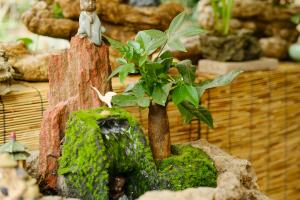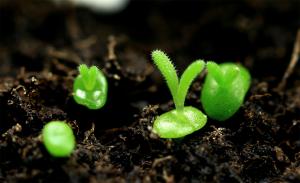Can You Plant Trees on Burned Land?
Wildfires are a devastating natural disaster that can wreak havoc on the environment. They can burn down forests, destroy homes, and leave behind barren wastelands. In the aftermath of a wildfire, many people wonder if it's possible to plant trees on burned land. The answer is yes, but it's not as simple as just putting seedlings in the ground.
The Challenges of Post-Wildfire Reforestation
The first and most obvious challenge of post-wildfire reforestation is the damage that has been done to the soil. Wildfires can destroy the top layer of soil, leaving behind a layer of ash and debris that can be difficult for plants to grow in. In addition, the heat of the fire can alter the soil's composition, making it less fertile and more prone to erosion.
Another challenge is the presence of invasive species. In the absence of native plants, invasive species can quickly take over a burned area. These plants often have shallow roots, which can contribute to erosion and soil instability.
Finally, post-wildfire reforestation requires a significant investment of time and resources. Planting trees is just one part of the process; soil preparation, erosion control, and weed management are all critical components of successful reforestation.
Reforestation Techniques
There are several techniques that can be used to plant trees on burned land. One common method is to plant seedlings in rows, using a technique called "land scalping." This involves removing the top layer of soil and using it to create a berm or ridge around each planting site. The scalped area is then replanted with native grasses or other vegetation to help control erosion and provide habitat for wildlife.
Another technique is to create "microsites" for planting. This involves identifying areas where the soil is more fertile or the topography is more conducive to tree growth. These areas are then prepared for planting, while other areas are left to regenerate naturally.
Finally, some areas may require active restoration, such as the use of fertilizers or other additives to improve soil fertility. This can be a more expensive and time-consuming process, but it may be necessary for areas that have sustained significant soil damage or where invasive species are prevalent.
The Benefits of Post-Wildfire Reforestation
Reforestation after a wildfire is critical not only for the restoration of ecosystems but also for the prevention of future wildfires. Trees help to absorb water and prevent soil erosion, which can reduce the risk of flash floods and landslides. They also help to regulate the climate by absorbing carbon dioxide from the atmosphere.
In addition, reforestation can provide habitat for wildlife and help to improve the aesthetic value of affected areas. It can also provide economic benefits, such as the production of timber, which can help to support local communities.
Conclusion
While reforestation after a wildfire is a daunting task, it is a critical step in the restoration of ecosystems and the prevention of future disasters. With careful planning and the use of effective techniques, it is possible to plant trees on burned land and create a thriving forest ecosystem once again.

 how many times do yo...
how many times do yo... how many planted tre...
how many planted tre... how many pine trees ...
how many pine trees ... how many pecan trees...
how many pecan trees... how many plants comp...
how many plants comp... how many plants can ...
how many plants can ... how many plants and ...
how many plants and ... how many pepper plan...
how many pepper plan...

































